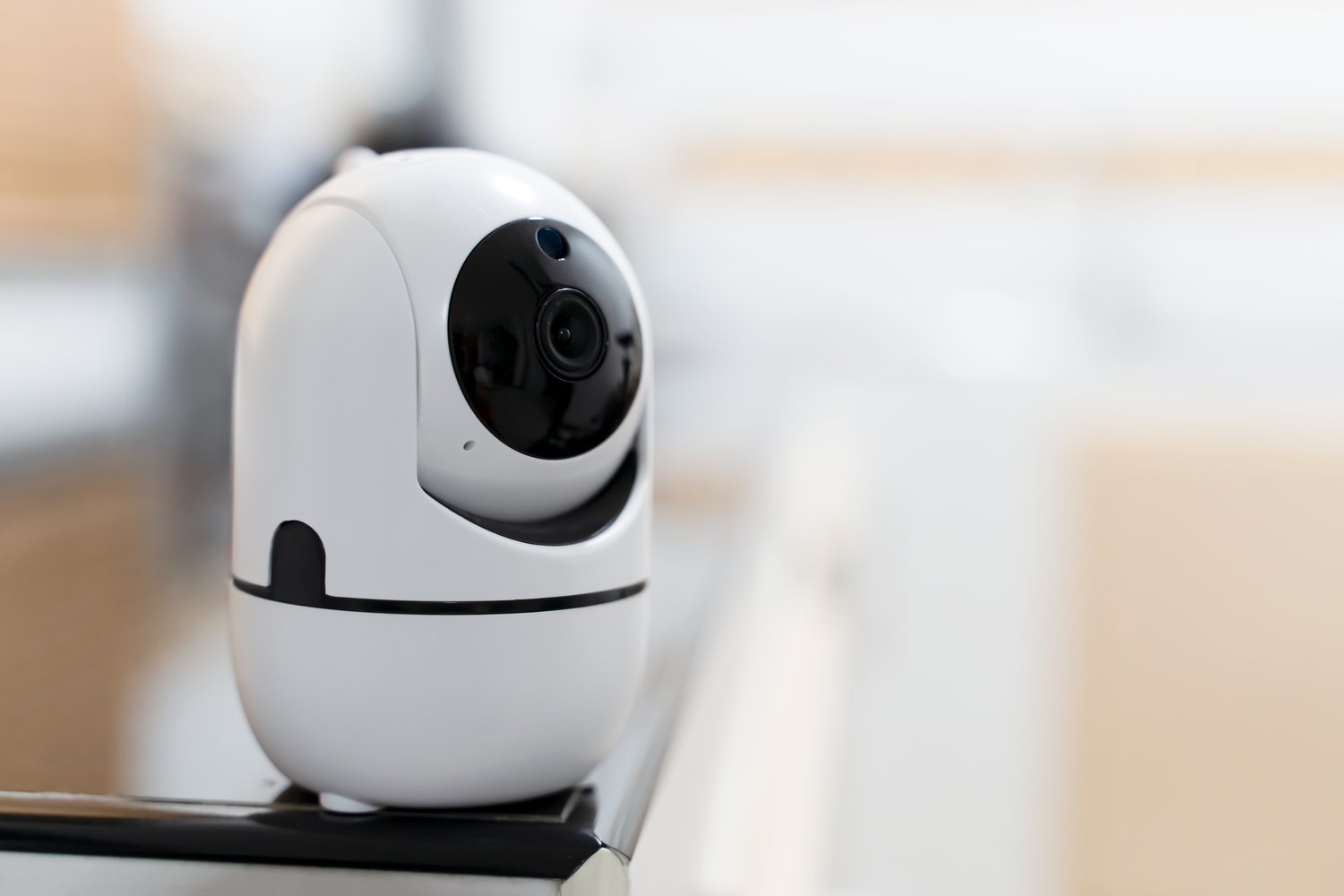Imagine your home security camera system acting as the eyes and ears of your property, vigilantly safeguarding it around the clock. Yet, even the most reliable systems can falter when faced with network connectivity hiccups or motion detection glitches. These technical hurdles can diminish your security coverage, leaving vulnerabilities that could be easily exploited.
- Network connectivity issues are common culprits that disrupt the seamless operation of home security camera systems.
- Understanding and troubleshooting motion detection errors can significantly enhance the reliability of your security measures.
- Gain insights into optimizing both these critical components to ensure your systems provide uninterrupted protection.
Dive into this article to discover how addressing these common issues can elevate the performance and reliability of your home security setup, providing you peace of mind and strengthened security.
Understanding Home Security Camera System Errors: Network and Motion Detection Challenges
Home security camera systems have become indispensable in safeguarding properties, yet they are not without their challenges. Common issues often arise from network connectivity problems and faulty motion detection settings. Understanding these errors is crucial for addressing them effectively and maintaining a robust security system.
Network connectivity errors can lead to interruptions in live feeds or recorded video footage. This can be caused by signal interference from nearby electronic devices, improper router placement, or insufficient bandwidth allocation. When network problems persist, they can severely impact the functionality of your security camera system.
Similarly, motion detection errors can compromise the effectiveness of your surveillance efforts. False alarms or missed detections are often the result of improper sensitivity settings or outdated firmware. These errors not only inconvenience homeowners but also leave properties vulnerable to security breaches.
By delving into these common network and motion detection challenges, homeowners can gain valuable insights into their causes and impacts. Addressing these issues promptly can significantly enhance the reliability and performance of home security camera systems.
Troubleshooting Network Connectivity in Home Security Systems
The backbone of any reliable home security camera system is robust network connectivity. To maintain a seamless connection, it’s essential to identify and rectify common issues that disrupt network performance. Here are key factors to consider:
Firstly, signal interference can greatly affect network connectivity. Electronic devices such as microwaves, cordless phones, and even neighboring Wi-Fi networks can disrupt your camera’s communication. It is advisable to keep your router and cameras as far as possible from these interference sources.
Secondly, the placement of your router plays a significant role in ensuring optimal connectivity. Positioning the router centrally within your home and elevating it above ground level can enhance signal distribution. Ensuring that the router is not obstructed by walls or large furniture can further improve performance.
Adequate bandwidth is also vital for the smooth operation of security cameras. Cameras require a substantial amount of data to upload video footage, so ensuring enough bandwidth allocation is critical. Consider upgrading your internet plan if necessary to accommodate these demands.
By following these step-by-step guidelines, you can successfully diagnose and resolve network connectivity issues, ensuring that your home security camera system operates smoothly and efficiently.
Motion Detection Solutions for Home Security Camera System Errors
Motion detection is one of the most vital features of home security camera systems, intended to alert you to suspicious activity. However, in practice, it can sometimes trigger false alarms or fail to detect significant events. Such issues can undermine the primary purpose of your security system.
To enhance the efficiency of motion detection and minimize errors, it’s essential to start by fine-tuning motion sensitivity settings. The ideal sensitivity level will vary depending on the placement of your camera and the typical activity in the area. In a location with frequent movement, reducing sensitivity can help avoid frequent false alarms. Conversely, in quieter zones, higher sensitivity might be necessary to ensure no valuable alerts are missed.
Another key strategy is to ensure that your camera’s firmware is up to date. Manufacturers often release updates that refine motion detection algorithms and improve system performance. Regularly checking for and applying these updates ensures that your camera operates with the latest technology.
Additionally, leveraging the use of activity zones can significantly enhance motion detection efficacy. By defining specific areas you want monitored, your security system focuses on detecting movement only in those zones, reducing unnecessary alerts from non-critical areas. This feature is particularly helpful in minimizing noise from high-activity sections like roadways or sidewalks.
Finally, frequent maintenance and system audits are pivotal for the overall efficiency of your security cameras. Cleaning lens surfaces and ensuring clear visibility can also improve detection accuracy. Addressing and optimizing these aspects of motion detection enhances the reliability of your home security system, providing peace of mind and better protection for your property.
Frequently Asked Questions
What are common network errors in home security cameras?
Common network errors include poor connection, interference from other devices, and inadequate bandwidth.
How can I improve the network connectivity for my security cameras?
Ensure proper router placement, eliminate interference, and upgrade to a higher bandwidth internet plan.
Why is my security camera not detecting motion accurately?
Motion detection inaccuracies can be caused by improper sensitivity settings or outdated firmware.
What can I do to reduce false alarms in motion detection?
Adjust the motion sensitivity settings and ensure the camera firmware is up to date.
How often should I check my security camera system?
Regular checks every month are recommended to maintain optimal performance and ensure security coverage.





